Artificial Intelligence: Deep Dive for Everyone
Artificial ntelligence (AI) is a rapidly advancing discipline that is revolutionizing our world. It involves creating machines and systems capable of mimicking human intellectual abilities such as perception, reasoning, learning, and decision-making. In this article, we will explore AI through three levels of understanding: beginners, intermediates, and experts.
IA NEWS
Yanhel AHO GLELE
7/17/20237 min read


This article will be presented in a series of decompression stages, just like when we're in the middle of a scuba dive.
If you feel that a level is too low for you, you can go straight to the level that interests you :
First Stage : Artificial Intelligence for Beginners: Explore the Fascinating World of AI
What is Artificial Intelligence? Artificial intelligence (AI) is a field of research that aims to create computer systems capable of replicating intelligent behaviors similar to humans. AI employs techniques and algorithms to enable machines to perceive the environment, understand complex data, make logical decisions, and solve problems.
Today, AI is present in various aspects of our daily lives, whether it's in our smartphones, applications, autonomous vehicles, voice assistants, or even in personalized recommendations on streaming platforms.
Common Applications of AI: AI is utilized in numerous practical applications. Here are some examples:
Intelligent Voice Assistants: They employ voice recognition and natural language processing to comprehend and respond to your queries.
Let's start with the first stage. This is reserved for beginners, people who want to learn more about AI without going into too much detail.


Autonomous Vehicles: Self-driving cars employ AI to analyze the environment, detect obstacles, and make decisions to ensure safe driving.
Challenges and Opportunities: While AI presents numerous opportunities, it also poses challenges. Here are some of them:
Ethics: Decisions made by AI systems can have significant consequences. Therefore, ensuring ethical use of AI, considering aspects like data privacy, algorithmic bias, and transparency, is crucial.
Impact on Employment: AI-driven automation may impact employment by replacing certain traditional jobs. However, AI can also create new job opportunities in fields related to its development and utilization.
Machine Learning: AI relies on machine learning, which requires large amounts of data to train algorithms. Collecting, annotating, and processing this data present significant challenges.
Conclusion : Congratulations on completing the first level of our exploration into artificial intelligence! We have laid the foundation of our understanding of AI. AI is a rapidly evolving field that offers many exciting possibilities while raising important challenges. In the upcoming steps, we will delve deeper into concepts such as machine learning, neural networks, and specific applications of AI across different domains.
Stay curious and open-minded, as the world of AI is constantly evolving and holds fascinating prospects for the future. Keep exploring and deepening your understanding of AI. In our next article, we will explore machine learning and its crucial role in the development of modern AI.


Personalized Recommendations: When browsing e-commerce or streaming platforms, AI analyzes your preferences to suggest products, movies, or shows tailored to your tastes.
Second Stage : Machine Learning Demystified: Unveiling the Power of AI Algorithms
Welcome to the second level of our exploration into artificial intelligence! In this section, we will dive deeper into one of the key components of AI: Machine Learning. Machine learning is a subset of AI that empowers computers to learn from data and improve their performance without being explicitly programmed. Are you ready to unravel the mysteries of machine learning and understand its crucial role in the development of modern AI? Let's embark on this enlightening journey!
Understanding Machine Learning: To comprehend machine learning, let's start by addressing some fundamental questions:
What is machine learning, and how is it different from traditional programming?
Have you ever encountered a system that seems to get better at a task over time, such as predicting the weather or suggesting movies? How does this improvement occur?
Machine learning allows computers to learn patterns and insights from data, enabling them to make predictions, classify information, and automate tasks based on past experiences. Unlike traditional programming, where specific rules and instructions are provided, machine learning systems learn from data, adapt their performance, and become more accurate with experience.
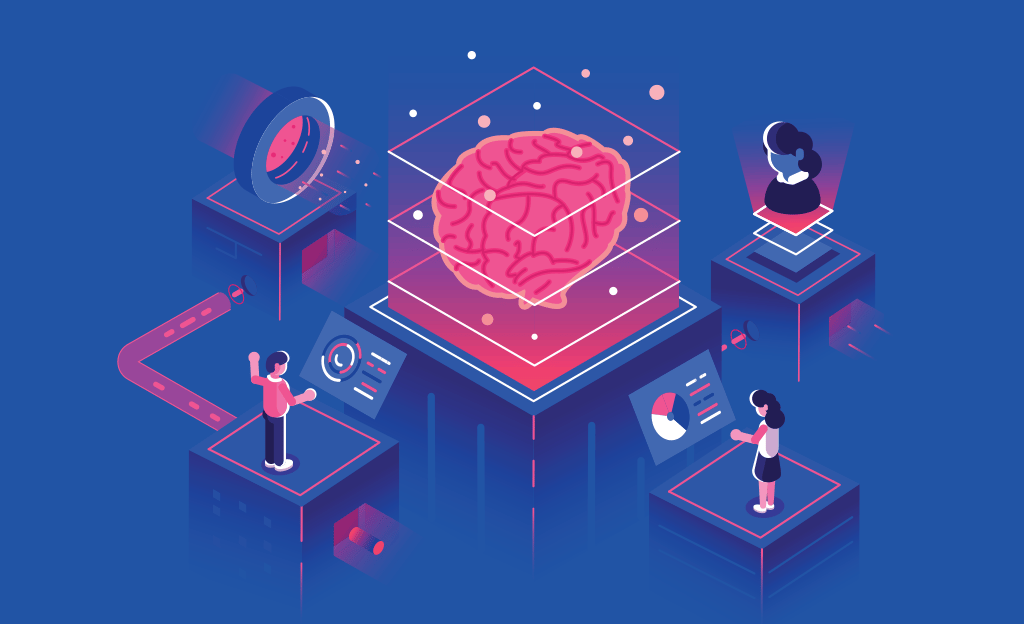

Types of Machine Learning: Machine learning can be categorized into three main types:
Supervised Learning: In this type, the machine learning model is trained on labeled data, where each input has a corresponding desired output. The goal is to learn a mapping between inputs and outputs to make predictions on new, unseen data.


Unsupervised Learning: Here, the model is trained on unlabeled data, and it tries to identify patterns and relationships within the data without any predefined output labels. Clustering and dimensionality reduction are common unsupervised learning techniques.
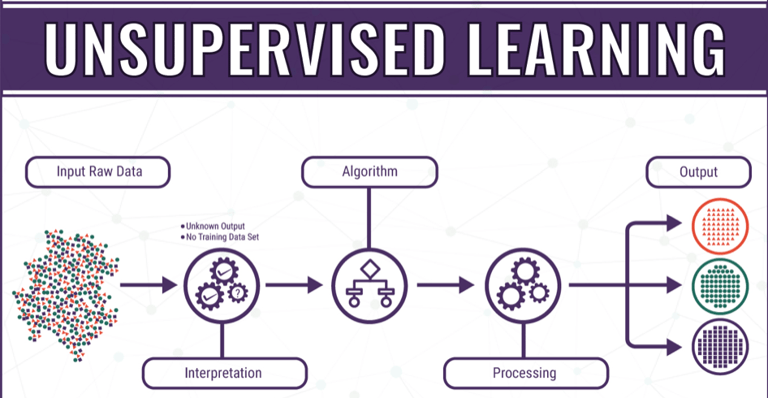

Reinforcement Learning: This type involves an agent learning to interact with an environment to achieve specific goals. The agent receives feedback in the form of rewards or penalties based on its actions, which helps it improve its decision-making over time.
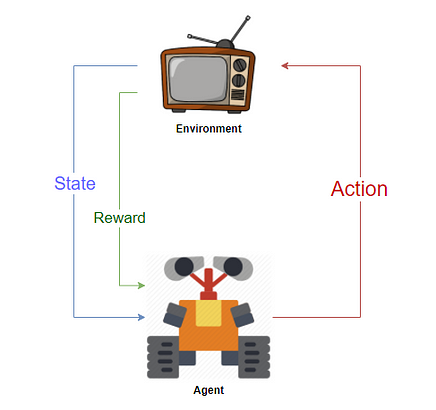

Applications of Machine Learning: Machine learning has a wide range of practical applications across various industries. Let's explore some of them:
Image and Speech Recognition: Machine learning powers image recognition systems that can identify objects and people in images and speech recognition systems that can convert spoken language into text.
Natural Language Processing: Machine learning algorithms enable machines to understand and respond to human language, making applications like chatbots and language translation possible.
Predictive Analytics: Machine learning models can predict future trends and outcomes based on historical data, benefiting fields such as finance, healthcare, and marketing.
Conclusion: Congratulations on completing the second level of our AI journey! You now have a deeper understanding of machine learning and its role in the world of artificial intelligence. Machine learning's ability to learn from data and improve performance without explicit programming has opened the door to incredible advancements and practical applications across diverse domains.
In our next installment, we will explore another fundamental aspect of AI: Neural Networks. These powerful structures are inspired by the human brain and have revolutionized the capabilities of AI algorithms. Stay curious, and let's continue our exploration of the ever-evolving world of AI!
Last Stage : Neural Networks: The Brain-Inspired Powerhouse of AI
Welcome to the final section of our AI journey! In this installment, we will unravel the mysteries of Neural Networks, a fundamental aspect of artificial intelligence that has revolutionized its capabilities. Neural networks are inspired by the human brain's structure and function, enabling them to perform complex tasks and achieve remarkable feats. Are you ready to explore the inner workings of neural networks and understand how they have reshaped the landscape of AI? Let's embark on this fascinating finale!
Understanding Neural Networks: To grasp the essence of neural networks, let's start by addressing a few fundamental questions:
What are neural networks, and how are they inspired by the human brain?
How do neural networks process information and make decisions?
Neural networks are a type of machine learning algorithm that consists of interconnected nodes, called neurons, organized into layers. Each neuron receives inputs, processes them using an activation function, and passes the output to the next layer. Through a process known as forward propagation, neural networks make predictions or classifications based on the patterns they learn from vast amounts of training data.
The strength of neural networks lies in their ability to automatically identify complex patterns and features in data, making them ideal for tasks such as image recognition, natural language processing, and more.
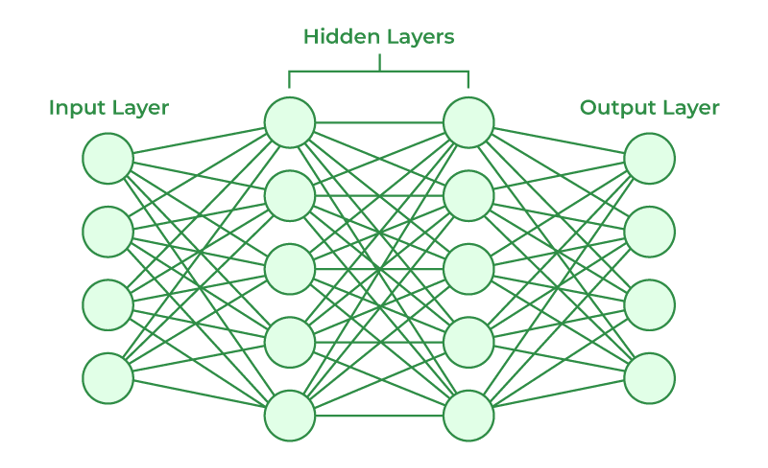

Types of Neural Networks: Neural networks come in various architectures, each suited to different types of problems. Some common types include:
Feedforward Neural Networks: The simplest type, where data flows only in one direction, from input to output.
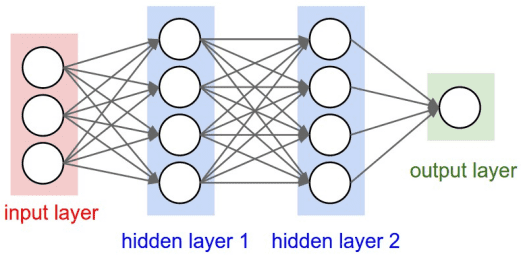

Convolutional Neural Networks (CNN): Optimized for image and video processing, they automatically learn and identify features in images.

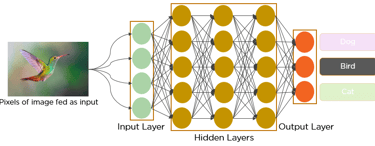
Recurrent Neural Networks (RNN): Designed for sequential data, such as text or time series, they can remember past information, making them suitable for tasks like language modeling and speech recognition.

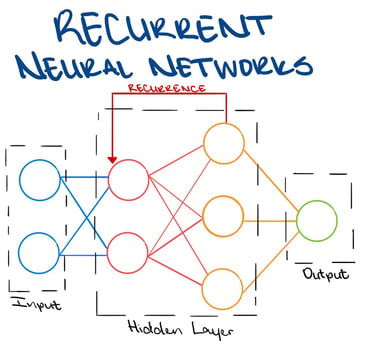
Applications of Neural Networks:
Neural networks have enabled groundbreaking achievements in numerous fields. Let's explore some of their remarkable applications:
Computer Vision: Neural networks power facial recognition systems, autonomous vehicles' perception, and medical image analysis.
Natural Language Processing: Neural networks excel at language translation, sentiment analysis, and chatbots, enabling more natural interactions between humans and machines.
Gaming and Robotics: Neural networks have been used to develop AI agents capable of mastering complex games and performing sophisticated tasks in robotics.
Conclusion: Congratulations on completing our exploration of artificial intelligence! You now have a deeper understanding of neural networks and their significant impact on the world of AI. Inspired by the complexity and efficiency of the human brain, neural networks have unleashed the true potential of artificial intelligence.
As the field of AI continues to evolve, neural networks will play an increasingly crucial role in solving complex problems and advancing various domains. Stay curious, and keep exploring the ever-expanding world of AI, where innovation and technology converge to shape our future.
Thank you for joining us on this captivating journey, and remember, the possibilities are limitless in the dynamic realm of artificial intelligence!
Subscribe to our newsletter
Enjoy exclusive special deals available only to our subscribers.
Contacts
blockainexus@gmail.com
main@blockainexus.com
Get in touch
Opening hours
Monday - Friday: 9:00 - 18:00
